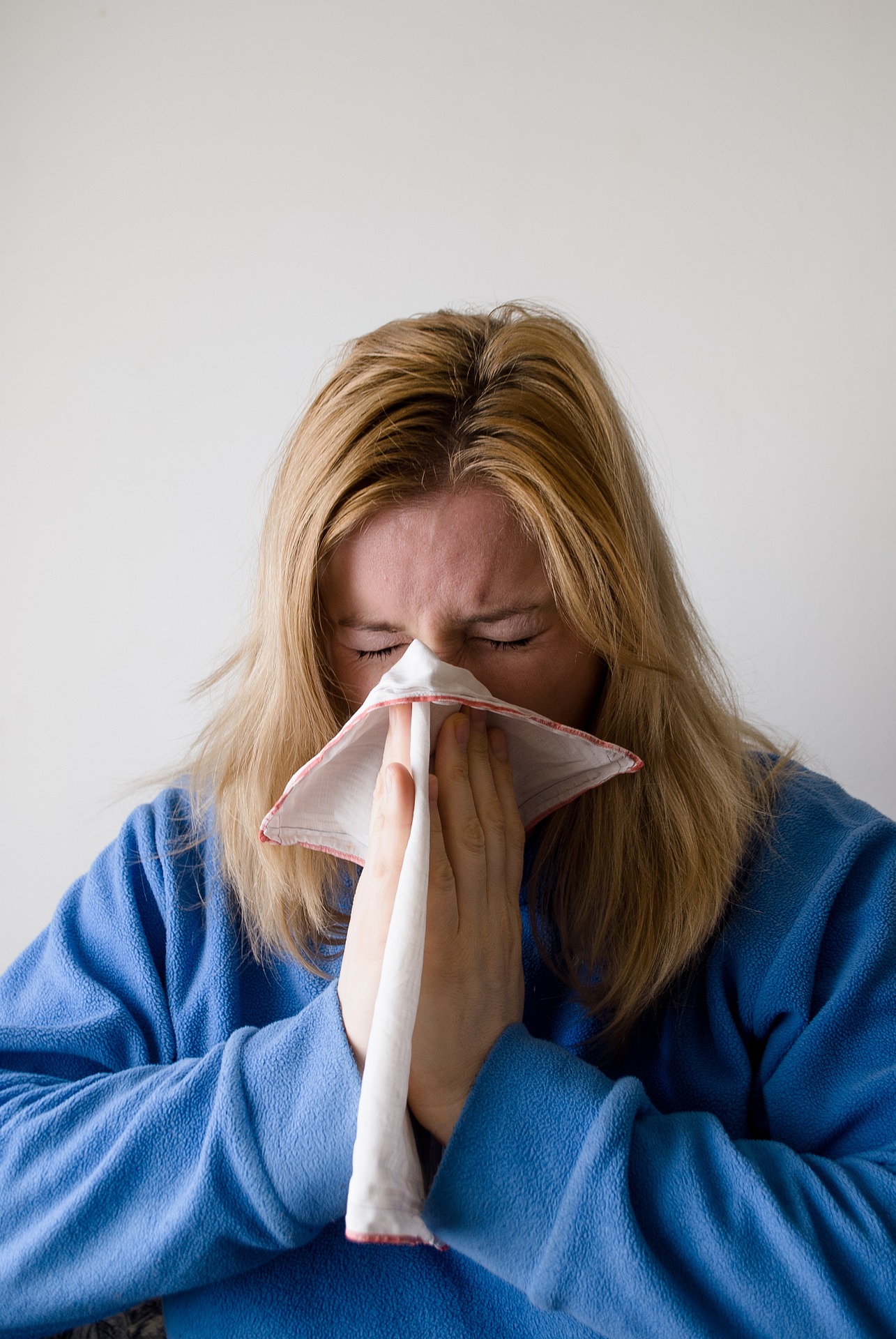Characterization of persistent symptoms after SARS-CoV-2 infection
Post COVID 19 persistent symptoms
Abstract
Background: It is frequent that patients complain of persistent symptoms after an episode of COVID-19 infection, that worsened their quality of life
Aim: the aim of this study is to describe the main symptoms during a COVID-19 infection and persistent symptoms a month and three months after the episode. Our secondary objective is to describe the period between the COVID-19 episode and resuming work/ studies and exercise routine.
Methods: this is a descriptive, observational study that included adults who underwent an episode of SARS-CoV-2 infection. Participants responded to an online survey. We include demographic and comorbidity data and symptoms during infection, and one and three months after infection.
Results: 308 people responded to the survey, frequent symptoms during the episode included myalgia and fever. A month after the episode, 96% complained of persistent symptoms, most frequently myalgia and fatigue. Three months after the episode 38.85% complained of persistent symptoms , most frequently fatigue and anosmia. Only 45.7% could resume work/ studies 10 days after the diagnosis, and 17% could resume exercise routine 10 days after the diagnosis. Conclusions: there is a high percentage of people who persisted with symptoms after a COVID-19 infection. We noticed symptoms improved over time, this finding could be encouraged for patients who persist symptomatic after the episode.
Downloads
References
COVID Symptom Study. How Long Does COVID-19 Last? Available online at: https://covid19.joinzoe.com/post/covid-long-term?fbclid=IwAR1RxIcmmdL-EFjh_aI- .
Jacobs LG, GournaPaleoudis E, Lesky-Di Bari D, et al. Persistence of symptoms and quality of life at 35 days after hospitalization for COVID-19 infection. PLoSOne. 2020;15(12):e0243882. Published 2020 Dec 11. doi:10.1371/journal.pone.0243882
Galván-Tejada CE, Herrera-García CF, Godina-González S, Villagrana-Bañuelos KE, Amaro JDL, Herrera-García K, Rodríguez-Quiñones C, Zanella-Calzada LA, Ramírez-Barranco J, Avila JLR, Reyes-Escobedo F, Celaya-Padilla JM, Galván-Tejada JI, Gamboa-Rosales H, Martínez-Acuña M, Cervantes-Villagrana A, Rivas-Santiago B, Gonzalez-Curiel IE. Persistence of COVID-19 Symptoms after Recovery in Mexican Population. Int J Environ ResPublicHealth. 2020 Dec 14;17(24):9367. doi: 10.3390/ijerph17249367. PMID: 33327641; PMCID: PMC7765113.
Ramani C, Davis Eric M , Kim J, Provencio J , Enfield J, Kadl A. Post-ICU COVID-19 Outcomes A Case Series. CHEST. January 2021
Nguyen Y, et al. Applicability of the CURB-65 pneumonia severity score for outpatient treatment of COVID-19. J infect 2020 :81 (3): e96-8.
Vandersteen C, Payne M, Dumas LE, Fernandez VM, Plonka A, Chirio D. Persistent olfactory complaints after COVID-19: a new interpretation of the psychophysical olfactory scores. Rhinology Online, Vol 4: 66 - 72, 2021. http://doi.org/10.4193/RHINOL/21.010
Wang D, Hu B, Hu C, et al. ClinicalCharacteristics of 138 HospitalizedPatientsWith 2019 Novel Coronavirus–InfectedPneumonia in Wuhan, China. JAMA. 2020;323(11):1061-1069.
Chen N, Zhou M, Dong X, et al. Epidemiological and clinical characteristics of 99 cases of 2019 novel coronavirus pneumonia in Wuhan, China: a descriptive study. TheLancet. 2020;395(10223):507-513.
Li B, Yang J, Zhao F, et al. Prevalence and impact of cardiovascular metabolic diseases on COVID-19 in China. Clinical research in cardiology : official journal of the German CardiacSociety. 2020.
Wang B, Li R, Lu Z, Huang Y. Does comorbidity increase the risk of patients with COVID-19: evidence from meta-analysis. Aging. 2020;12.
Yang X, Yu Y, Xu J, et al. Clinical course and outcomes of critically ill patients with SARS-CoV-2 pneumonia in Wuhan, China: a single-centered, retrospective, observational study. TheLancetRespiratory Medicine. 2020;8(5):475-481.
Wu Z, McGoogan JM. Characteristics of and ImportantLessonsFromthe Coronavirus Disease 2019 (COVID-19) Outbreak in China: Summary of a Report of 72 314 Cases
Richardson S, Hirsch JS, Narasimhan M, et al. PresentingCharacteristics, Comorbidities, and OutcomesAmong 5700 PatientsHospitalizedWith COVID-19 in the New York City Area. Jama. 2020.
ICNARC reporton COVID-19 in criticalcare. 2020. www.icnarc.og.
Simonnet A, Chetboun M, Poissy J, et al. High prevalence of obesity in severe acute respiratory syndrome coronavirus-2 (SARS-CoV-2) requiring invasive mechanical ventilation. Obesity. n/a(n/a).
Helding, L., Carroll, T. L., Nix, J., Johns, M. M., LeBorgne, W. D., & Meyer, D. (2020). COVID-19 After Effects: Concerns for Singers. Journal of voice : official journal of the Voice Foundation, S0892-1997(20)30281-2. Advance online publication. https://doi.org/10.1016/j.jvoice.2020.07.032
Carfì A, Bernabei R, Landi F, fortheGemelliAgainst COVID-19 Post-AcuteCareStudyGroup. PersistentSymptoms in PatientsAfterAcute COVID-19. JAMA. 2020;324(6):603–605. doi:10.1001/jama.2020.12603
Ngai JC, Ko FW, Ng SS, To KW, Tong M, Hui DS. The long-term impact of severe acute respiratory syndrome on pulmonary function, exercise capacity and health status. Respirology. 2010; 15:543–50. https://doi.org/10.1111/j.1440-1843.2010.01720.x PMID: 20337995
Ahmed H, Patel K, Greenwood DC. Long-term clinical outcomes in survivors of severe acute respiratory syndrome and Middle East respiratory syndrome coronavirus outbreaks after hospitalisation or ICU admission: A systematic review and meta-analysis. J RehabilMed. 2020 May 31; 52:jrm00063. https:// doi.org/10.2340/16501977-2694 PMID: 32449782
Zhou Y, Chi J, Lv W, Wang Y. Obesity and diabetes as high-risk factors for severe coronavirus disease 2019 (Covid-19). Diabetes Metab Res Rev. 2021;37(2):e3377. doi:10.1002/dmrr.3377.
Huang C, Wang Y, Li X, et al. Clinical features of patients infected with 2019 novel coronavirus in Wuhan, China. TheLancet. 2020;395(10223):497-506.






